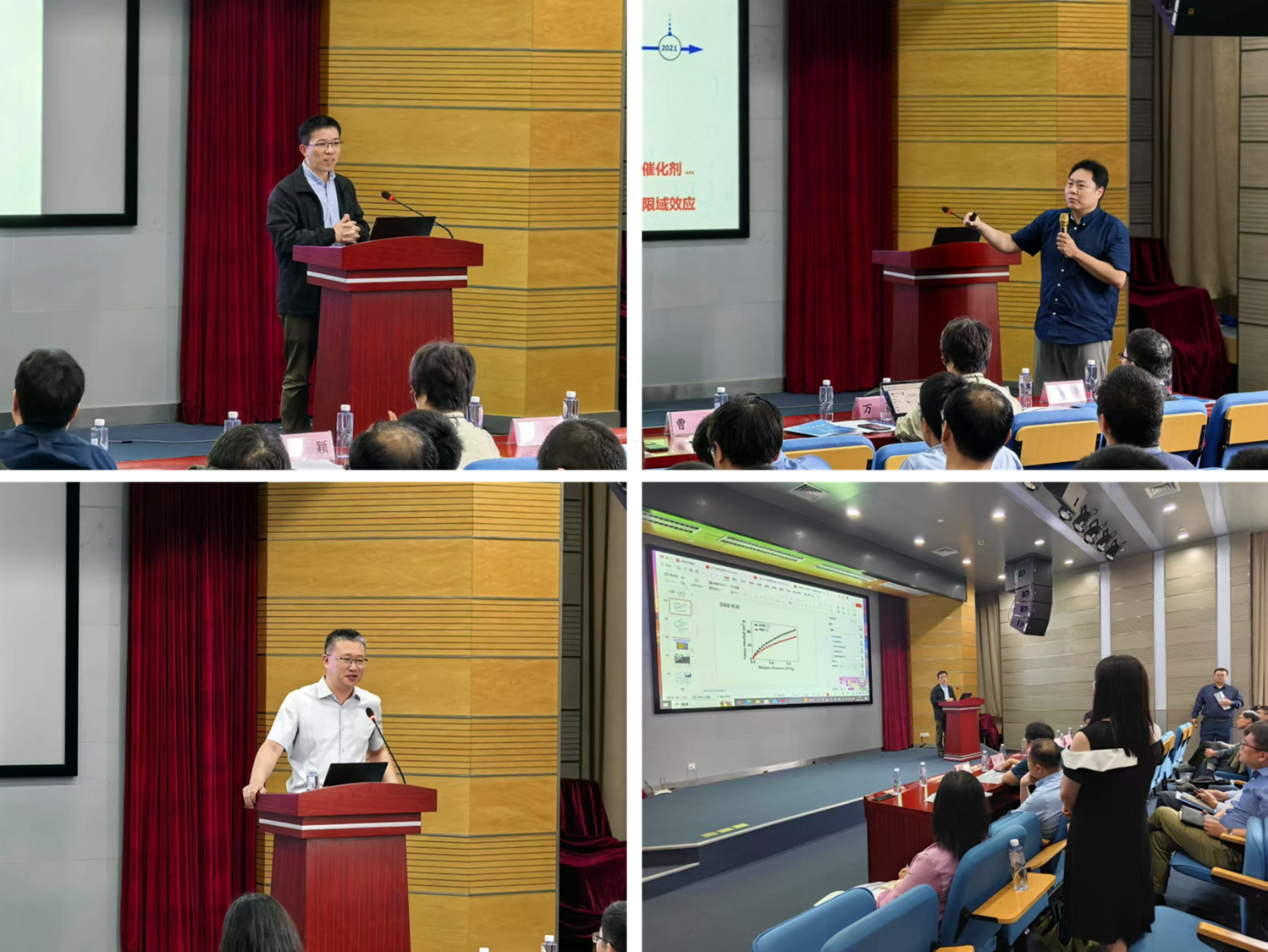To thoroughly implement the national strategy for scientific and technological innovation and promote the deep integration of artificial intelligence (AI) with catalytic new materials, the School of Materials and Chemistry at the University of Shanghai for Science and Technology (USST) hosted the Hujiang Gezhi Forum – Academic Symposium on Catalytic New Materials in the AI Era on May 16, 2025. Zhao Ning, Deputy Party Secretary and Secretary of the Discipline Inspection Commission of USST, attended and delivered an opening speech, joined by faculty leaders, researchers, and student representatives.
In his address, Secretary Zhao Ning emphasized that USST has always adhered to the principle of "aligning with national strategies and serving industrial needs." As a key pillar of the university’s "Double First-Class" initiative, the disciplines of materials and chemistry must further strengthen AI-driven material design and preparation technologies while deepening industry-academia-research-application collaboration. He urged the school to leverage the forum as a platform to pool academic expertise, foster innovation synergy, and achieve breakthrough advancements in both fundamental research and engineering applications of catalytic new materials, thereby contributing the "USST Solution" to the upgrading of the new materials industry.

Frontier Dialogues: Leading Scholars Charting a Blueprint for Technological Innovation
The forum featured invited lectures by three distinguished scholars: Researcher Xu Weilin from the Changchun Institute of Applied Chemistry (Chinese Academy of Sciences), Professor Li Landong from Nankai University, and Professor Guo Shaojun from Peking University. They delivered academic presentations on "Fundamental and Applied Research in Energy Catalysis," "Confined Chemistry within Molecular Sieves," and "Principles, Materials, and Technologies of Hydrogen Energy Catalysis," respectively. The experts systematically elucidated cutting-edge progress in catalytic materials from perspectives such as strain engineering, molecular confinement effects, and hydrogen-electric energy conversion. Following the talks, attendees engaged in lively discussions on catalytic material design principles and application prospects, creating a vibrant academic atmosphere.

Young Investigator Spotlight: Empowering the Next Generation of Innovators
The second segment, "Face-to-Face with Young Scholars," showcased presentations by USST faculty members Lian Zichao and Xia Shuixin, who shared their research on "Chemical Mechanisms of Active Species in Water Pollution Control" and "Materials and Devices for Solid-State Lithium-Metal Batteries," respectively. Invited experts provided insightful critiques, encouraging the young researchers to enhance "from 0 to 1" original innovation, align fundamental research with national demands, and actively participate in interdisciplinary collaborative projects.

Full text: https://chxy.usst.edu.cn/2025/0523/c3680a341970/page.psp
